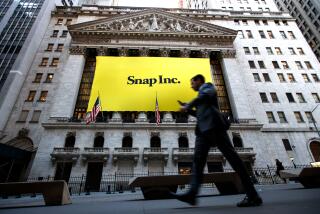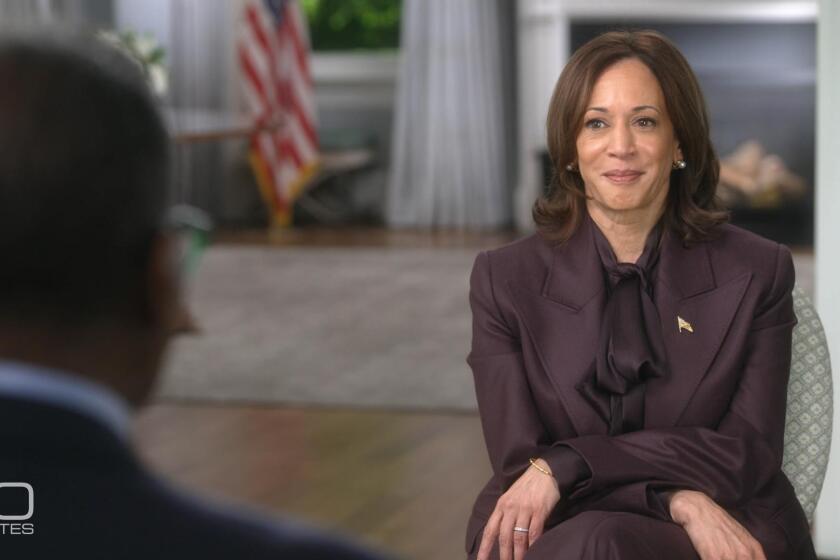Most young viewers feel it’s OK when YouTube stars shill for sponsors, study says
- Share via
When it comes to advertising, young audiences may not be all that jaded.
Rather, they’ve come to accept it as the price for watching their favorite YouTube creators or other digital stars, according to a study released Tuesday by Defy Media, a digital network geared toward millennials.
The survey found that 87% of respondents thought it was always or sometimes OK to include product placement in videos. The sentiment was the same about digital celebrities announcing brand sponsors or demonstrating products in a video.
“There’s definitely an awareness of how creators make money,” said Andy Tu, executive vice president of marketing at Defy Media. “Viewers understand they’re trying to make a living.”
The report was the result of surveys and interviews conducted last year by Defy Media and market research and consulting firms Hunter Qualitative and Kelton Global.
The authors surveyed 1,300 people ages 13 to 24.
The study found one-minute pre-roll ads before video are not nearly as popular -- only 53% said it was always or sometimes OK. Thirty-second pre-roll ads registered slightly better at 63% and 15-second pre-roll ads scored 80%.
Not surprisingly, viewers were most accepting of the shortest ads. Eighty-nine percent of respondents said it was always or sometimes OK to run a five-second introduction of a brand sponsor before a video played. Eighty-eight percent felt the same way about similar ads at the end of a video.
Those accepting attitudes matter, especially now with young people increasingly abandoning television for digital video on their mobile devices.
Thirty-eight percent of the survey takers said they did not own a cable or satellite box. Of those, 40% said they preferred cheaper options for entertainment and 24% said they weren’t interested in what TV had to offer.
Young viewers are eschewing Hollywood stars for YouTube stars who derive much of their income from brand sponsors, product placement and video advertising.
Though growing at a fast clip, advertising on digital video remains a fraction of TV’s share. Last year, digital video captured $7.66 billion of the U.S. advertising market while TV commanded $68.88 billion, according to EMarketer.
Ad spending on digital video, however, is expected to more than double to $16.69 billion by 2020. TV advertising is estimated to come in at $77.17 billion by then.
Follow me on Twitter: @dhpierson







